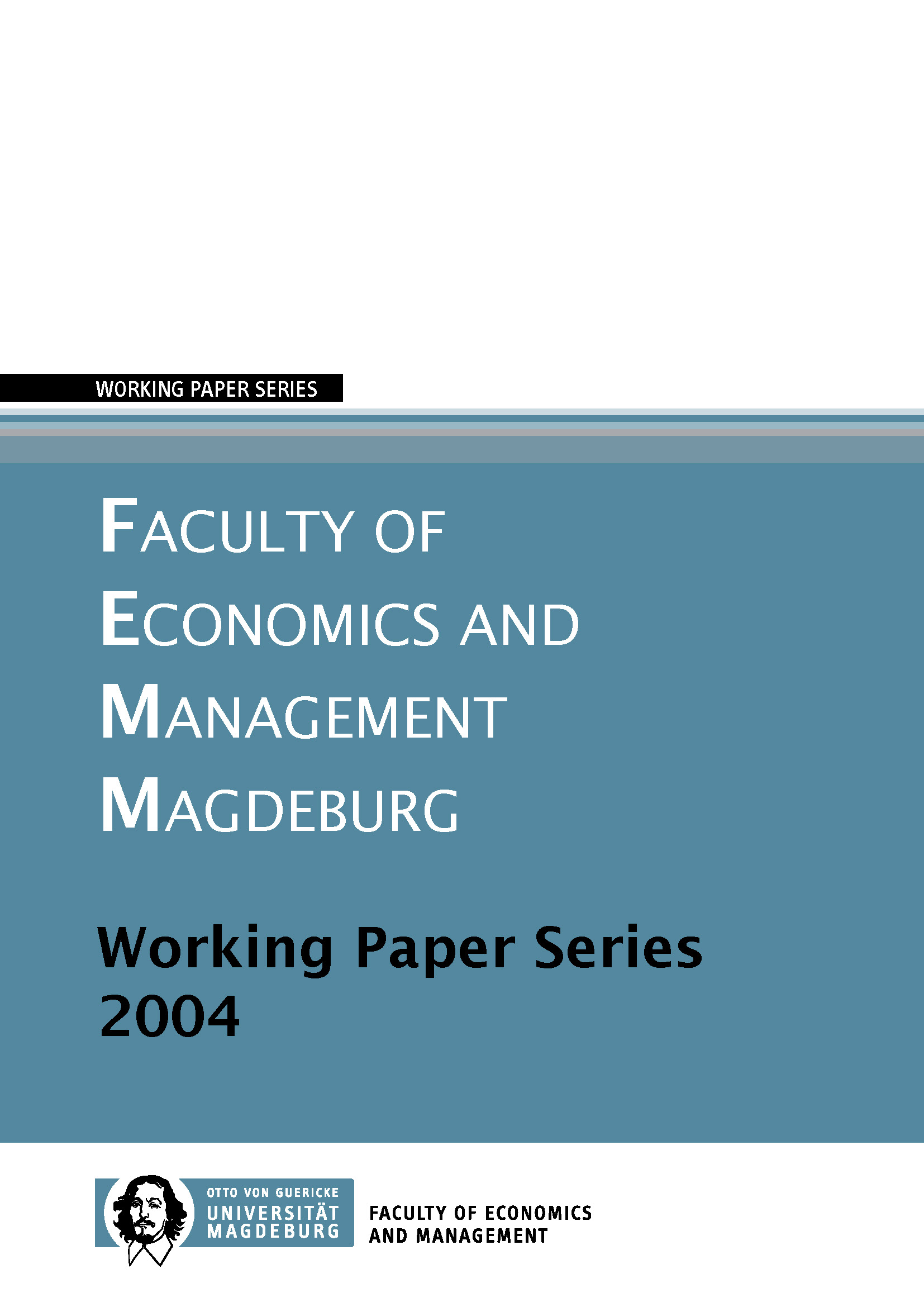Population ageing and health care expenditure
New evidence on the 'red herring'
Schlagworte:
Health care expenditure, proximity to death, ageingAbstract
The observation that average health care expenditure rises with age generally leads experts and laymen alike to conclude that population ageing is the main driver of health care costs. In recently published studies we challenged this view (Zweifel et al., 1999 and Felder et al., 2000). Analysing health care expenditure of deceased persons, we showed that age is insignificant if proximity to death is controlled for. Thus, we argued that population ageing per se will not have a significant impact on future health care expenditure. Several authors (Salas and Raftery, 2001, Dow and Norton, 2002, Seshamani and Gray, 2004a) disputed the robustness of these findings, pointing to potential weaknesses in the econometric methodology. This paper revisits the debate and provides new empirical evidence, taking into account the methodological concerns that have been raised. We also include surviving individuals to test for the possibility that the relative importance of proximity to death and age differs between the deceased and survivors. The results vindicate our earlier findings of no significant age effect on health care expenditure of the deceased. However, with respect to the survivors, we find that age may matter. Still, a naïve estimation that does not control for proximity to death will grossly overestimate the effect of population ageing on aggregate health care expenditure. Following Norton and Stearns (2002), we conclude that "it is time for time to death" in projections of future health care costs.


